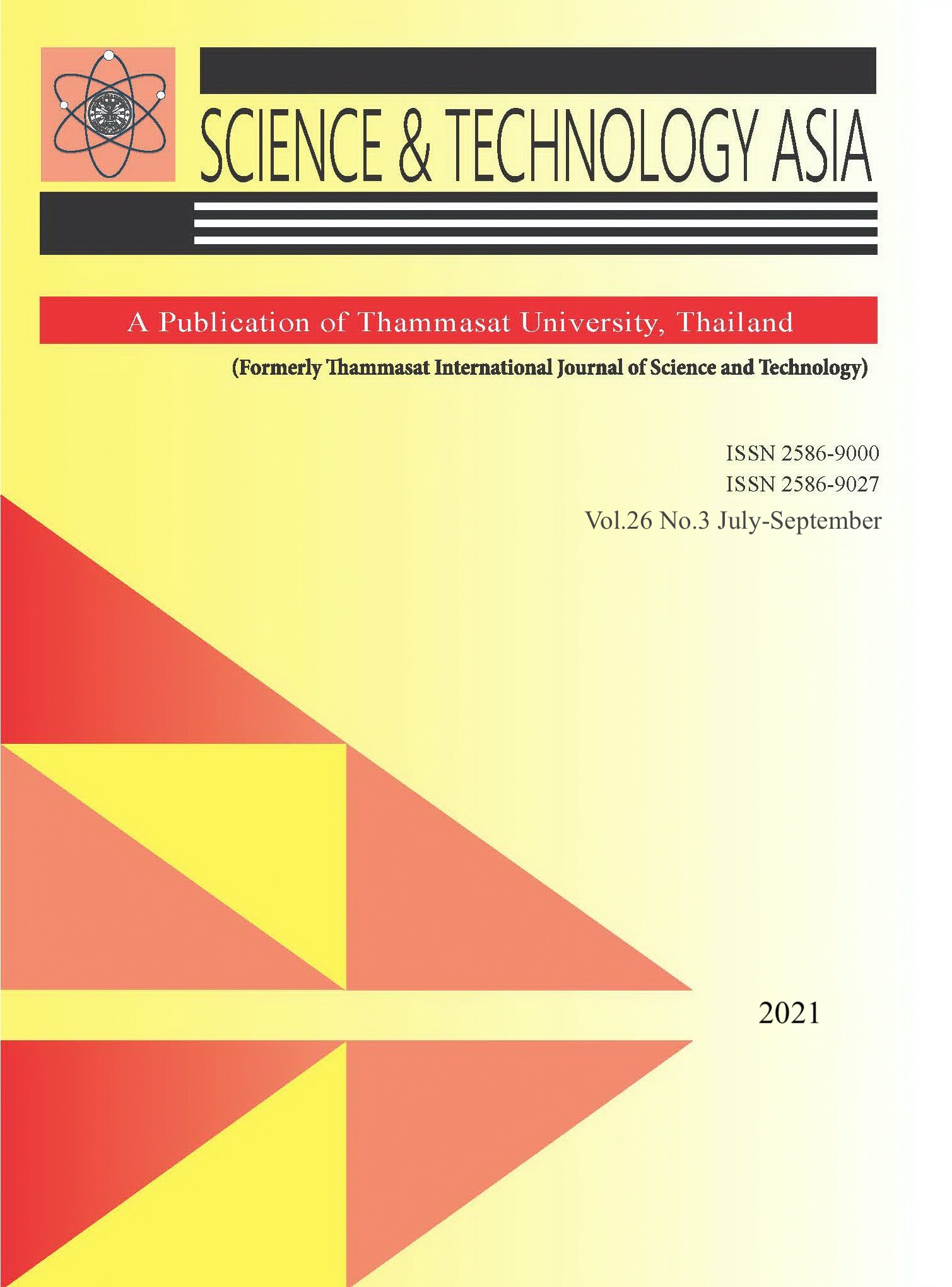The Effects of Sulfur, Calcium, Boron and Zinc on Leaf Characteristics and Fresh Fruit Bunch Yield of Oil Palm (Surat Thani 2 Var.) in Acid Sulfate Soil
Main Article Content
Abstract
Oil palm, Elaieis guineensis, is one of the major crops of the world. Since most oil palms are planted in acidic soil, there are several nutrient deficiencies that occur in the oil palm. In this study, the levels of four trace elements were observed in oil palms, to understand their effects on leaf characteristics, fresh fruit bunch yield and flower sex. The trace elements tracked were calcium (Ca)13.29% in combination with boron (B) 0.95%, as well as zinc (Zn)19% in combination with sulphur (S)13%. Based on the results, there were no significant differences observed at the beginning of the data collection period, especially on leaf characteristics, fresh fruit bunch yield and flower sex. However, at 5 months after trace element application, leaf greenness showed a significant difference, at 8 months, leaf size (thickness, width and leaflet width) also was significantly different. The highest rates of trace element application (Ca 13.29% and B 0.95% at 4g per plant and Zn 19% and S 13% at 4g per plant) were the most effective at increasing growth, but these same rates were not the best for improving fresh fruit bunch yield and flower sex.


